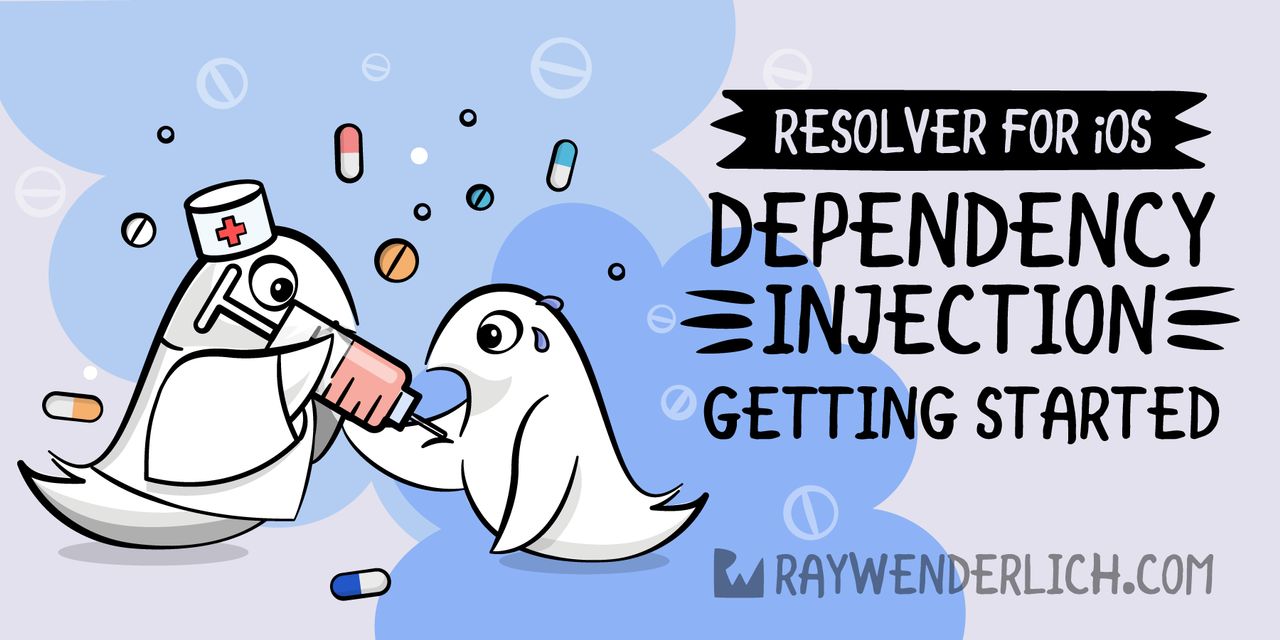
Resolver for iOS Dependency Injection: Getting Started
Learn how to use Resolver to implement dependency injection in your SwiftUI iOS apps to achieve easily readable and maintainable codebases.

Learn how to use Resolver to implement dependency injection in your SwiftUI iOS apps to achieve easily readable and maintainable codebases.

Learn about checked continuations and converting closure and delegate-based code into async/await in Swift.
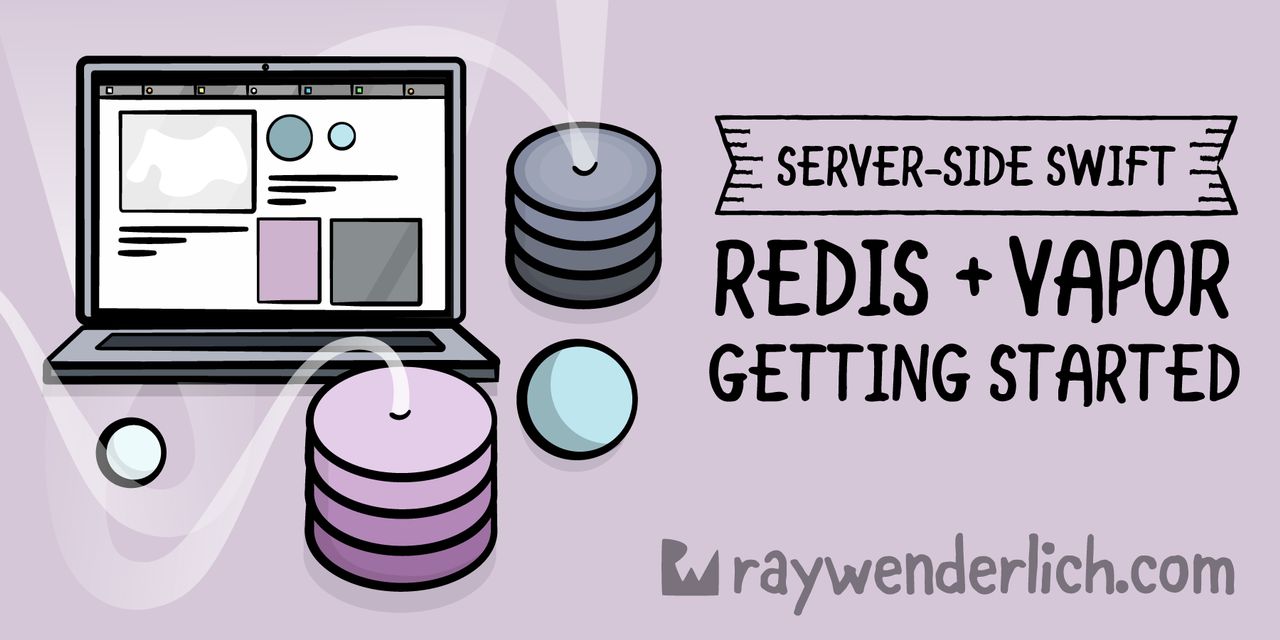
Learn how to use the in-memory data store, Redis, and Vapor to cache objects by saving them in JSON, then configuring them to expire after a set time.
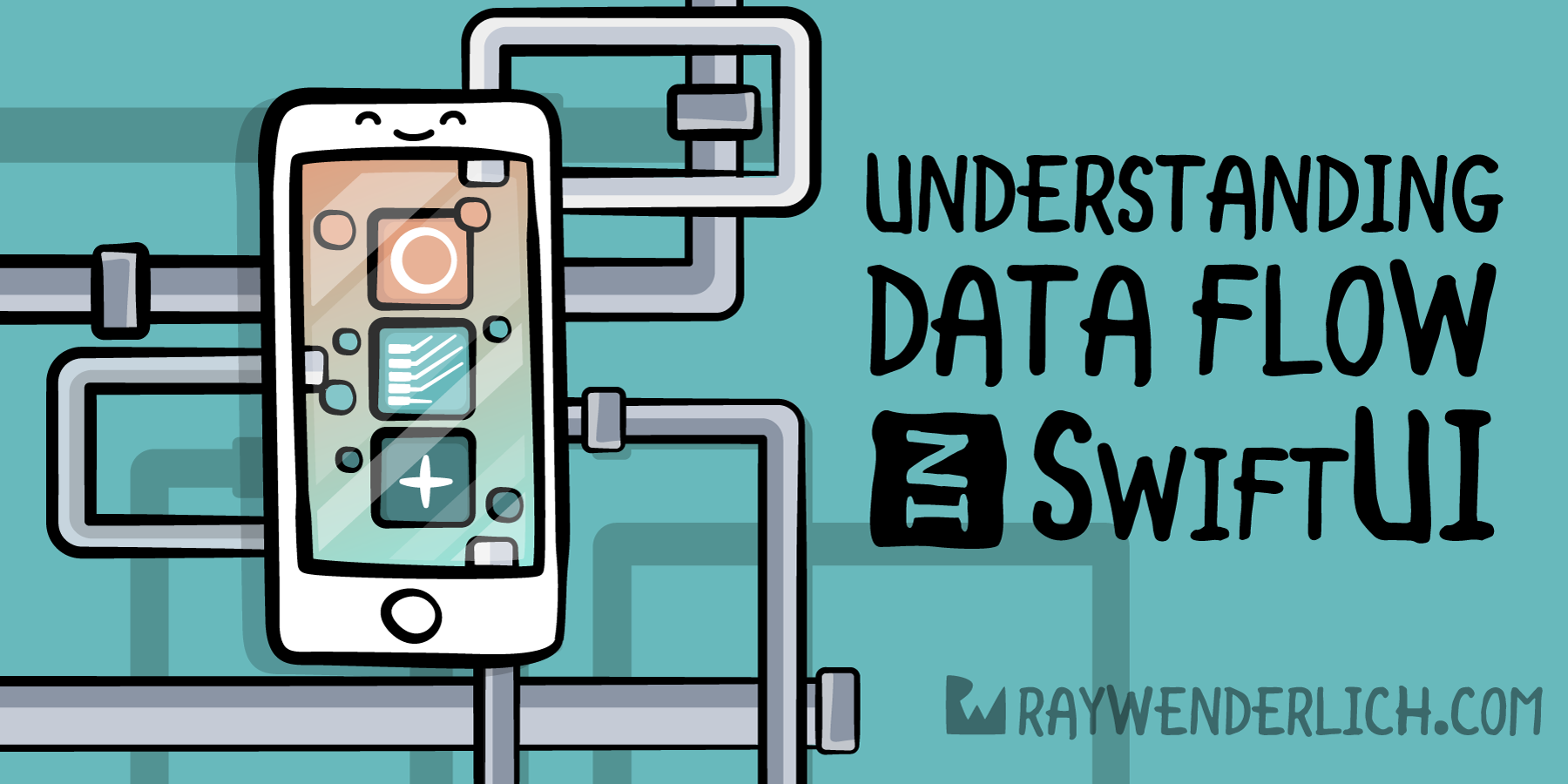
In this tutorial, you’ll learn how data flow in SwiftUI helps maintain a single source of truth for the data in your app.

How to take advantage of Apple’s APIs with already-existing data for text classification
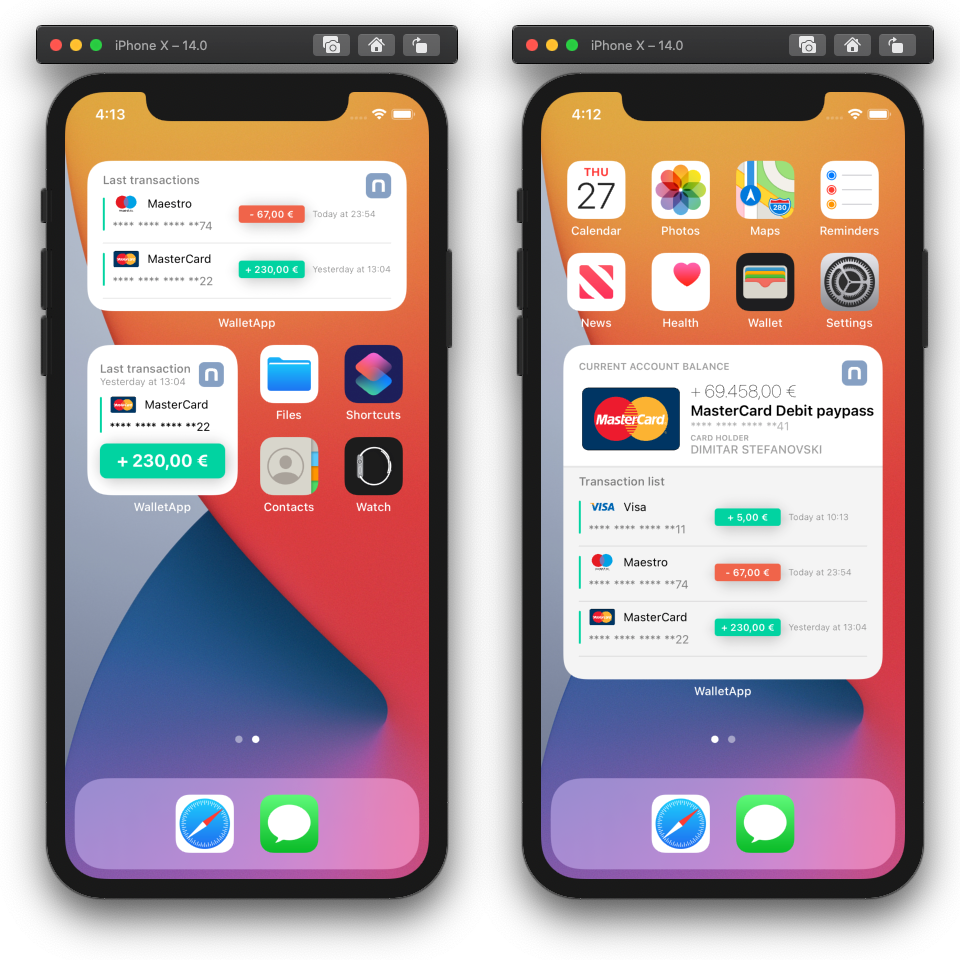
Widgets are a powerful extension for your iPhone, iPad and Mac apps and is a perfect way to extend and personalize your iPhone home screen with new visual functionality.

Swift 4 is almost upon us, and I thought I would explore one of its features that I haven’t had the opportunity to that much: KeyPaths. There’s a lot of interesting nuance in here that I previously didn’t realize existed which I’d love to share.

Over a weekend recently I built a tiny Mac app (more on that later). What I was trying to achieve required executing AppleScript, like so many things on macOS. It seemed simple enough, but of course new app sandboxing restrictions...

Bypass the mistakes I made and jump straight into the code.
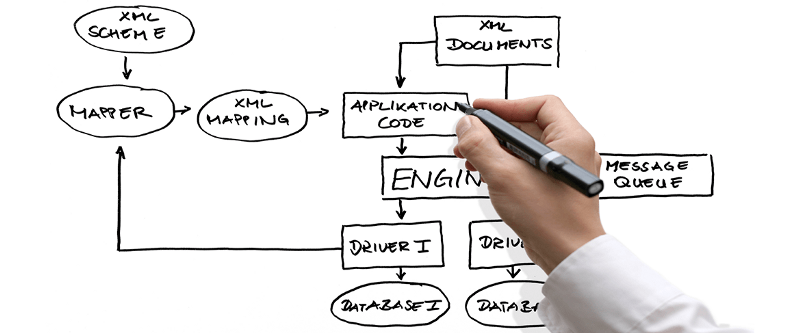
How to use Swift 5.1 property wrappers to cut your dependency injection code in half
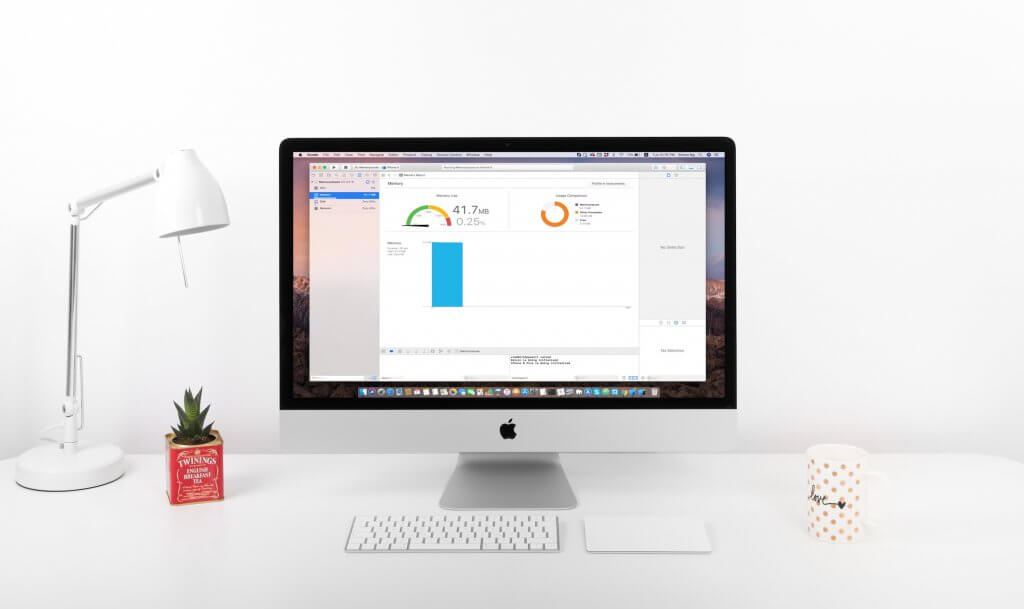
Memory Management in Swift: Understanding Strong, Weak and Unowned References
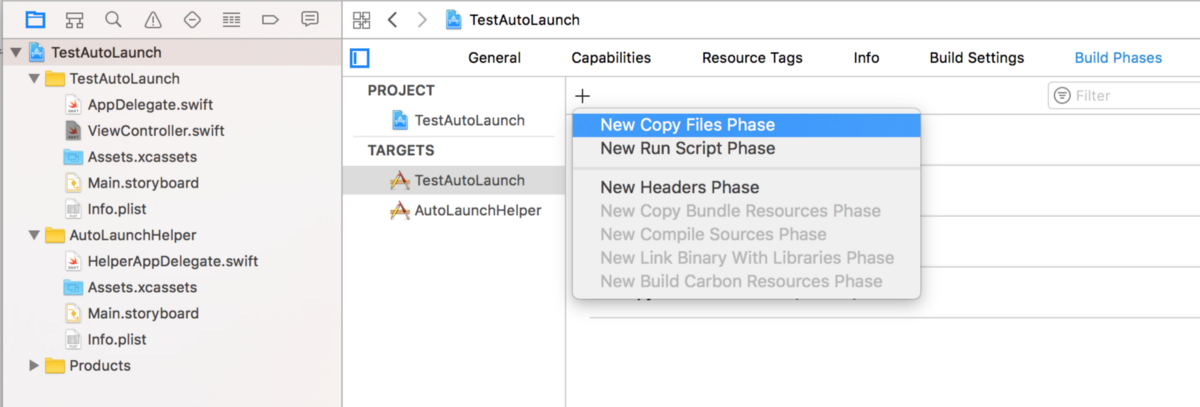
Automatically launch your app after login
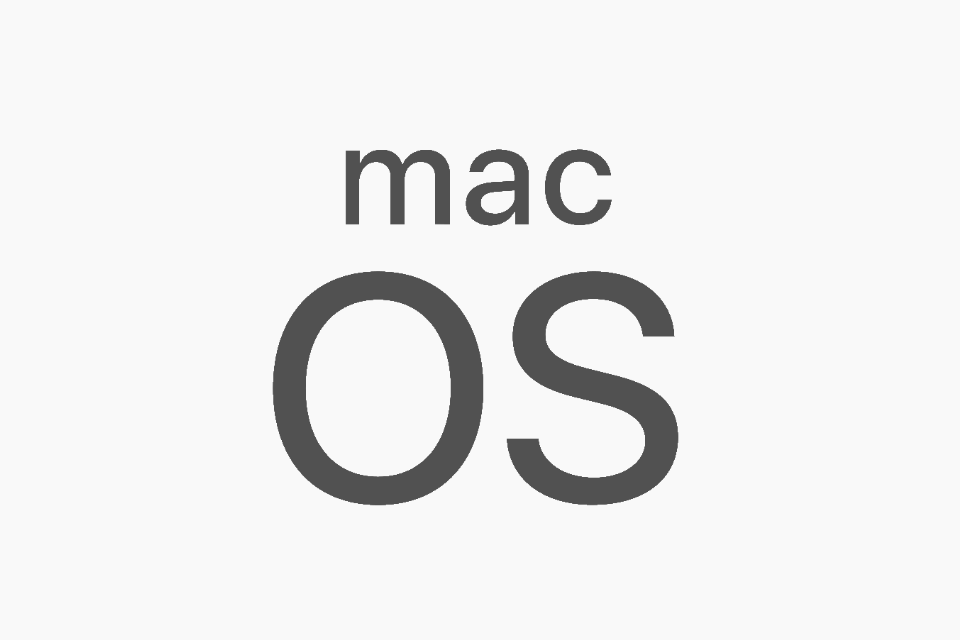
If we want to run a dockless application at login and we are using Mac OS X 10.5 or later, we can add login items using a shared file list with Launch
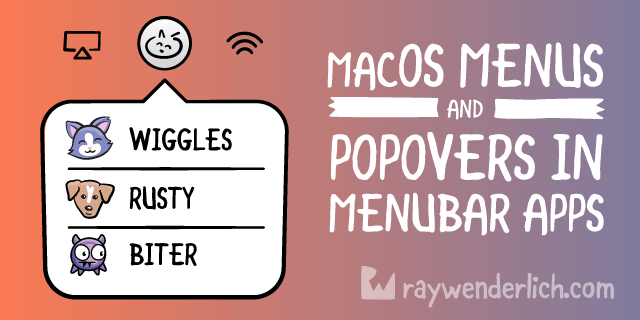
In this Menu Bar App tutorial you will learn how to present a menu and a popover that shows quotes from famous people.
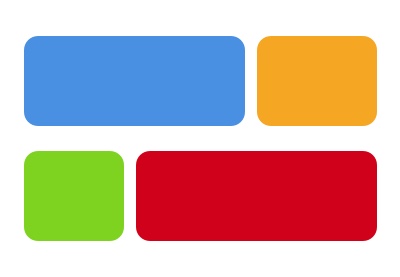
In this article, you'll be learning about the MVC (Model-View-Controller) and the MVVM (Model-View-ViewModel) design patterns.